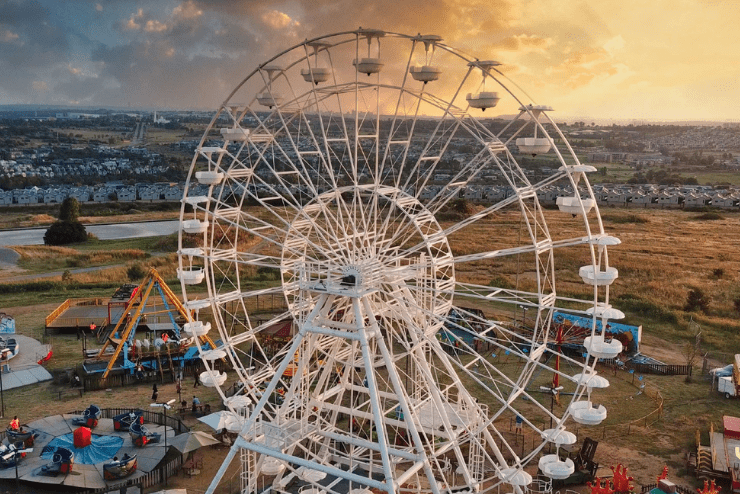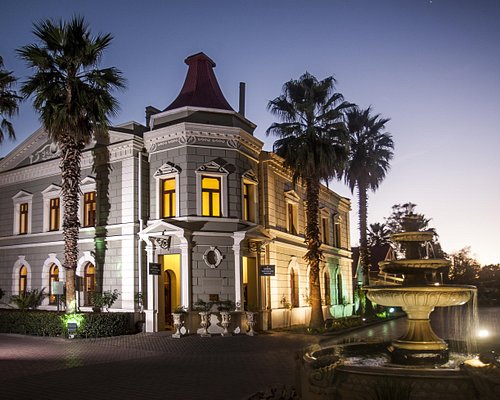See This Report about Johannesburg North Attractions
See This Report about Johannesburg North Attractions
Blog Article
The Ultimate Guide To Johannesburg North Attractions
Table of ContentsSome Known Facts About Johannesburg North Attractions.Not known Facts About Johannesburg North AttractionsHow Johannesburg North Attractions can Save You Time, Stress, and Money.Johannesburg North Attractions Things To Know Before You Get ThisRumored Buzz on Johannesburg North AttractionsEverything about Johannesburg North AttractionsSome Known Details About Johannesburg North Attractions
You should maintain safety in mind and vacationers must remain alert at all times when in unknown environments. Talk with the residents when you remain in town to find out regarding the location you are staying in. Johannesburg North attractions. When on the street (this does not use to shopping center and other secure atmospheres) ideal general advice is to try your best to resemble a neighborhood and to prevent presenting any form of riches
The smart Trick of Johannesburg North Attractions That Nobody is Talking About
Teacher Revil Mason O. J. (Thomson, 1946) discovered the Witwatersrand's pre-colonial history. His archaeological work blew up the 'em pty land' misconception, according to which the area was empty of human habitation before the arrival of European settlers. In his publications Prehistory of the Transvaal: A Record of Human Activity (1962) and Origins of Black People of Johannesburg and the Southern Western Central Transvaal AD 3501880 (1986 ), Professor Mason showed the degree of social and financial growth in the location prior to Europeans established foot below.

Johannesburg North Attractions - The Facts
In 1878, David Wardrop found gold in quartz capillaries at Zwartkop, north of Krugersdorp. In 1881, Stephanus Minnaar came throughout gold on the farm Kromdraai, near the Cradle of Mankind.
In March 1886, an outcropping (quickly to be called the Key Reef) was located, fairly luckily, on Gerhardus Oosthuizen's farm Langlaagte. Some claim that the Lancastrian coal miner George Walker discovered this reef. Another itinerant English miner, George Harrison (who had formerly operated in Australian mines) acquired a prospecting permit in respect of Langlaagte in Might 1886.
He determined to carry on in a pursuit for greener fields, and disposed of his Langlaagte case for the handsome sum of 10. Alas: beneath lay the richest goldfield ever before located. The discovery of this rich auriferous reef provoked a gold thrill that signified completion of agrarian serenity in the southern Transvaal.
It would, within 6 years, end up being the biggest town in southerly Africa. Within a decade, it would certainly make the Z. A. R. till then an anarchical and insolvent little state the most affluent country in Africa. By the millenium, the Z. A. R. was to surpass Russia, Australia and the United States of America to become the globe's leading gold producer, generating greater than a quarter more helpful hints of the globe's gold.
What Does Johannesburg North Attractions Mean?
It was referred to as Ferreira's Camp, named after Colonel Ignatius Ferreira. He was a Boer adventurer upon whom the British authorities had actually bestowed the standing of Buddy of the Most Distinguished Order of St Michael and St George (qualifying him to the post-nominal letters C. M. G.) in gratefulness for his function in the battle that had deposed the Pedi king Sekhukhune in 1879.
2 other camps were developed: Meyer's Camp on the ranch Doornfontein, and Paarl Camp. The latter was nicknamed Afrikander Camp; lots of individuals pop over here from the Cape Colony worked out there.

The Only Guide to Johannesburg North Attractions
This name obtained currency by word of mouth, such that the State Assistant verified the name to the Mining Commissioner on 9 October 1886. Stands in the village were auctioned on 8 December 1886. While some stands were marketed for 10, others were knocked down for just sixpence.
Two years later on, these erven were to change hands for as high as 750 each. The tented camps dwindled as a dorp of corrugated iron structures developed and increased north of the mines located along the Key Reef Roadway. Areas such as Jeppe's More Help Community (where working-class immigrants erected their homes) and Doornfontein (where the wealthy new 'Randlords' started to construct their luxurious residences) were soon added to the ever-expanding map of the community.
The Ultimate Guide To Johannesburg North Attractions
In addition to the street names, there were no indicators of Johannesburg being situated in a Dutch-speaking country. Several years later on, C. W. Kearns O. J. (one of the very first children registered at St John's College in 1898) would recall: 'A weird reality about Johannesburg was that, although it was in the [Boer Republic], almost everybody spoke English and also the Federal government slaves resolved one in English, unless they were initial addressed in the Taal (or Low Dutch)'.
Britain had an interest in ensuring optimum problems for gold production on the Witwatersrand, and that the gold was exported to London rather than Berlin an imperative provided all the a lot more clamant by the Z. A. R.'s boosting toenadering with Germany. Mine owners were on a crash program with President Kruger, whose policy of monopolistic giving ins (frequently given to his cronies) avoided mining companies from acquiring supplies of products (specifically dynamite) and work by themselves, cheaper terms
Johannesburg North Attractions Fundamentals Explained
In 1890, the Volksraad had actually restricted the franchise business to white males who had stayed in the Z. A. R. for fourteen years or longer, thus disqualifying the majority of the immigrants (who occurred to be the significant factors to the fiscus). Anxiety for the ballot was a mere pretext for promoting a different program; the majority of uitlanders regarded themselves as short-term site visitors and had no intent of continuing to be in the Z.
Report this page